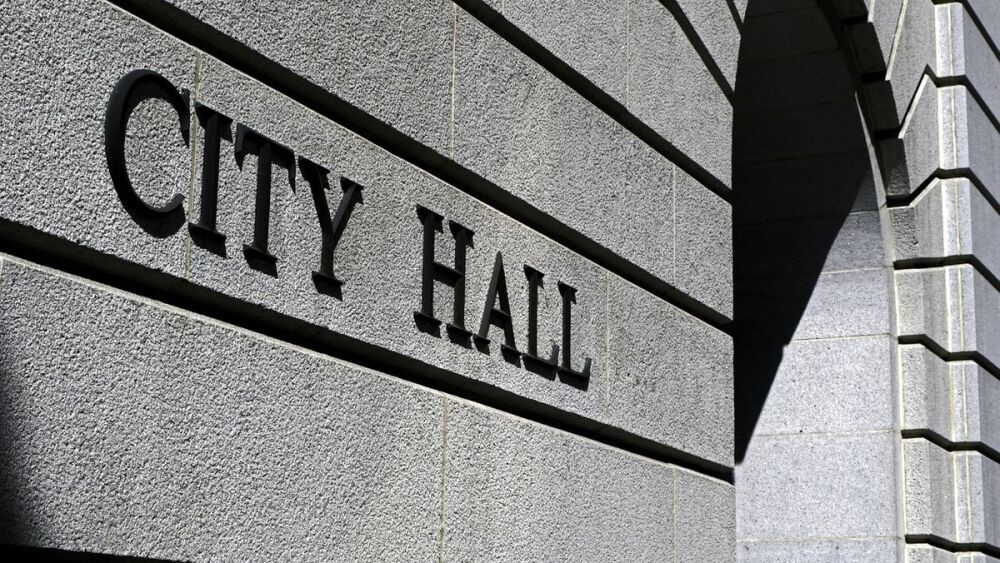The following question was recently posted on Quora:
“What is the future of urban planning?”
Read the responses of two experts in the field:
Max Chanowitz, junior architect:
Here are some trends that I see currently happening that are likely to increase in the future:
- Post-car planning: a renewed focus on transit, bikes, and walkability. There’s a reason young people are leaving places like LA and Phoenix for places like San Francisco and Seattle. The sprawling car-centric city (which became the norm in the era of the automobile) is sparse and inhospitable — people are tired of wasting their lives away behind the wheel. The Complete streets movement is one example of policy working to make cities hospitable for all modes of transport.
- Increasing density: more and more people are moving to cities from towns and suburbs. (see also: Why do big cities keep getting bigger?) This creates a need to increase density, and pack more housing and commercial space into a limited amount of space. ‘Building out’ is becoming less popular (see point 1 above), and so ‘building up’ is the future. Combining this with the first point, we get trends like Transit-oriented development.
- Reuse of neglected infrastructure: the process of urban growth sometimes leaves some spaces behind that until recently have been thought to be unusable: freeway underpasses, derelict industrial spaces, abandoned infrastructure from previous eras. There is beginning to be an interest in these spaces as an urban asset rather than outdated blight. See Seattle’sGas Works Park, Portland’s Burnside Skatepark, or New York’s High Line for some great examples.
- Restoration of natural assets: in the Modernist era of planning, forests were leveled, streams were paved over, and habitats were destroyed in the name of efficiency. Now the trend is moving in the opposite direction, where those natural features are seen as an essential city asset to be featured and celebrated. Practices like Daylighting are being used to bring a little nature back into the urban environment that replaced it.
- Downfall of single-use zoning: another relic of the Modernist school of planning, zoning aimed to create extremely rational cities with strictly defined areas of commerce, housing, and industry. This led to problems as neighborhoods became too singularly focused; housing suburbs are boring and isolated, financial districts are soulless and dead outside business hours. People are beginning to realize that the most effective neighborhoods have a dense diversity of function: an even mix of housing, businesses and even light industry makes a neighborhood attractive, active, and interesting.
EDIT: bonus point!
- Multi-core cities: as cities continue to get denser, the classical model of having one downtown at the center of it all no longer applies. When downtowns get too popular, prices can become prohibitively high, which kills the area’s diversity — both in terms of people and types of businesses. Witness San Francisco’s techie takeover, or central Manhattan becoming a playground for the rich. To combat this effect, more and more cities will begin to experiment with having multiple centers of dense activity rather than cramming more and more into one central downtown. This includes the “urbanization” of suburbs, where suburbs will densify and form their own identities separate from the larger city they originally served.
Francis Chen, city planner:
In addition to Max Chanowitz‘s written answer, I’d also argue that the planning profession will become very data-driven. As climate change and sustainability will empower cities to make decisions with limited resources, so does the need for data-driven decision making become ever essential.
a modern mapping tool for transit planners
The real-time city is now real! The digital revolution has layered a vast system of cameras, communication devices, microcontrollers and sensors over our environment, enabling entirely new ways to imagine, monitor, and understand our cities.
To mapping pedestrian activity from BART stations to people’s homes/work:
See my answer here: Francis Chen’s answer to Who are the leading experts in the world on smart cities and data-driven urban planning?


